HOW TO CONTACT US
By postal mail at:Dr. Deborah Jones ICGM UMR 5253 |
By email by filling the form below
|
|
|
|
PROJECT
|
The objective of HIGHLANDER is to develop membrane electrode assemblies (MEAs) for Heavy-Duty Vehicles (HDV) with disruptive, novel components, targeting stack cost and size, durability, and fuel efficiency. |
The project will design, fabricate, and validate the HDV MEAs at cell and short stack level against heavy-duty relevant accelerated stress test and load profile test protocols. Materials screening efforts will be supported by the development and use of improved predictive degradation models bridging scales from reaction sites to cell level. HIGHLANDER aims to bring about a significant reduction in stack cost and fuel consumption through improvement of fuel cell performance and development of a new, lower cost single-layer gas diffusion layer. Its intention is to achieve the 1.2 W/cm² at 0.65 V performance target at 0.3 g Pt/kW or below and to meet a lifetime target of 20,000 hours. 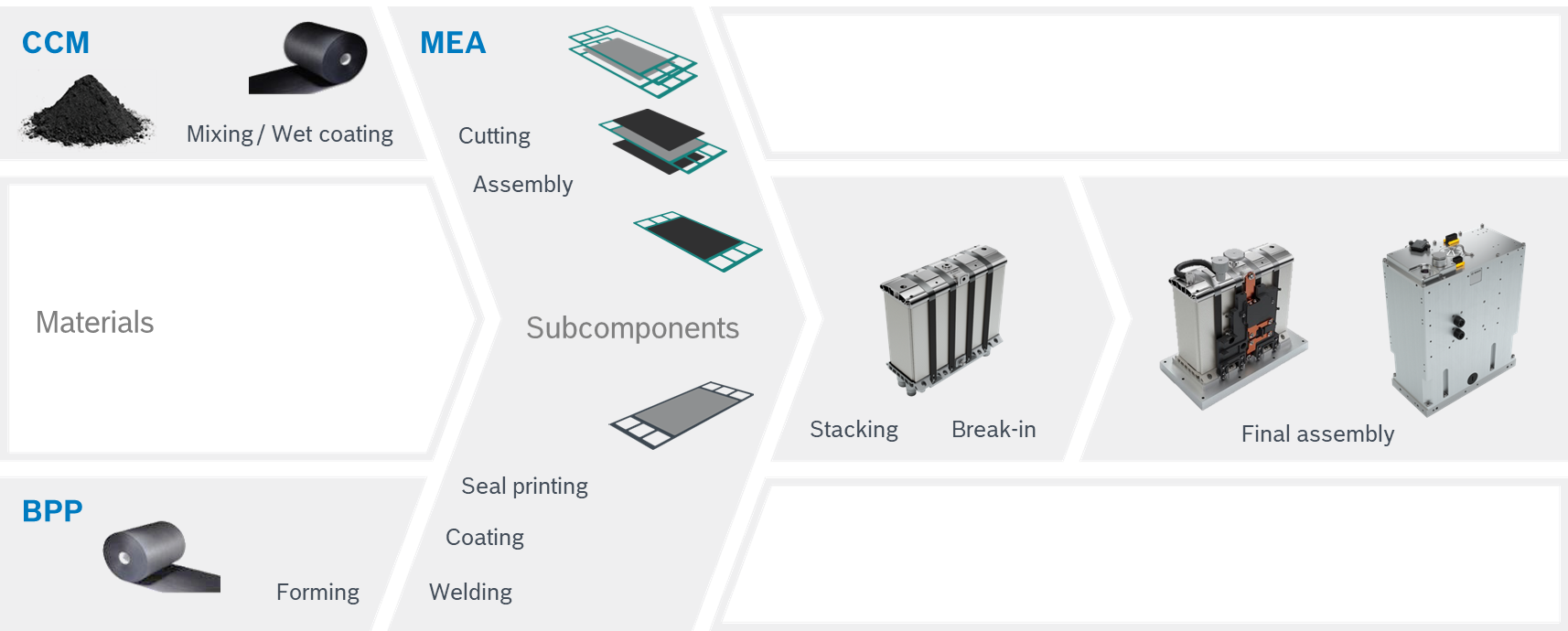
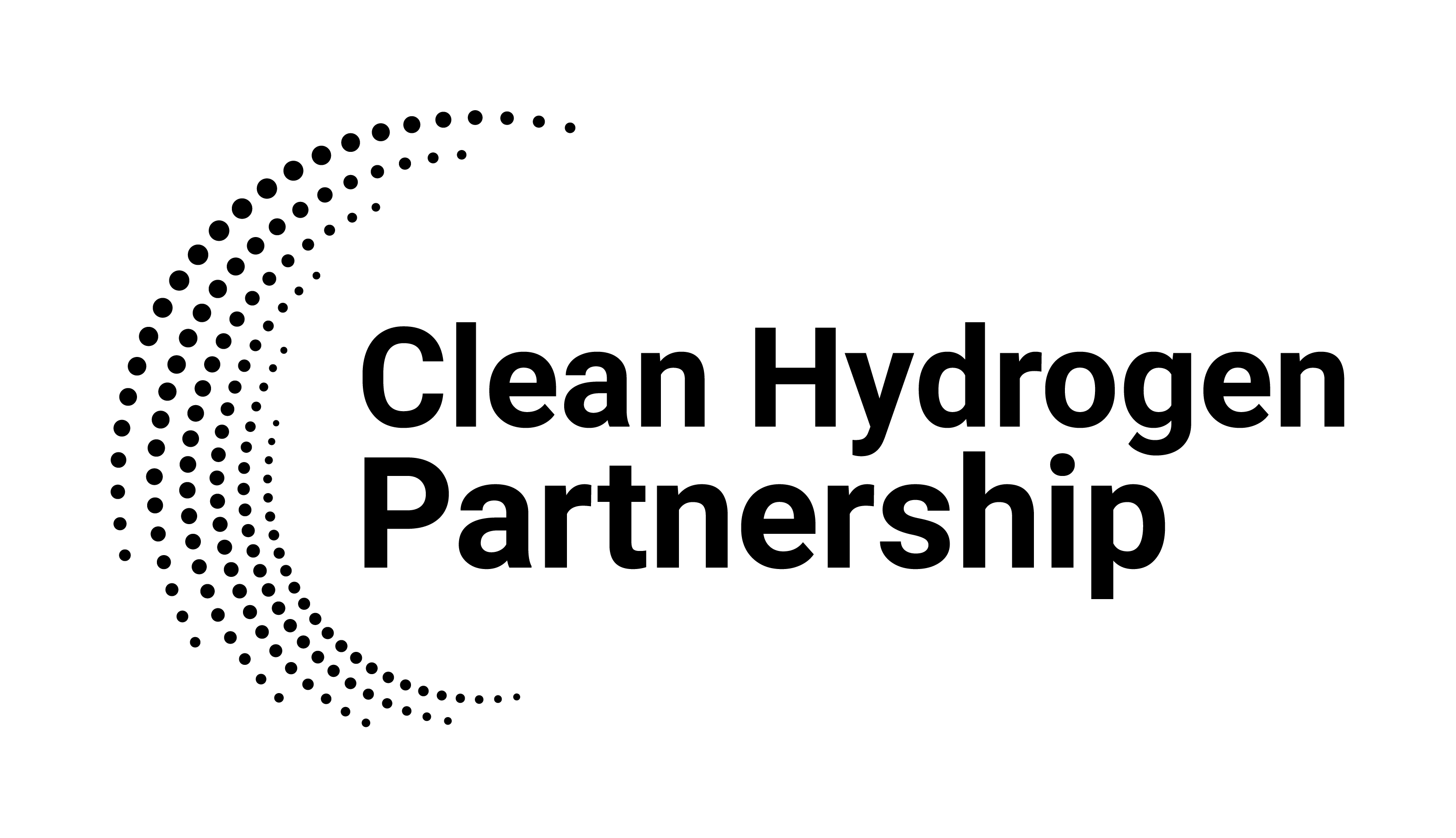 |
 |
|
This project is supported by the Clean Hydrogen Partnership and its members Hydrogen Europe and Hydrogen Europe Research, under grant agreement No 101101346. |
|
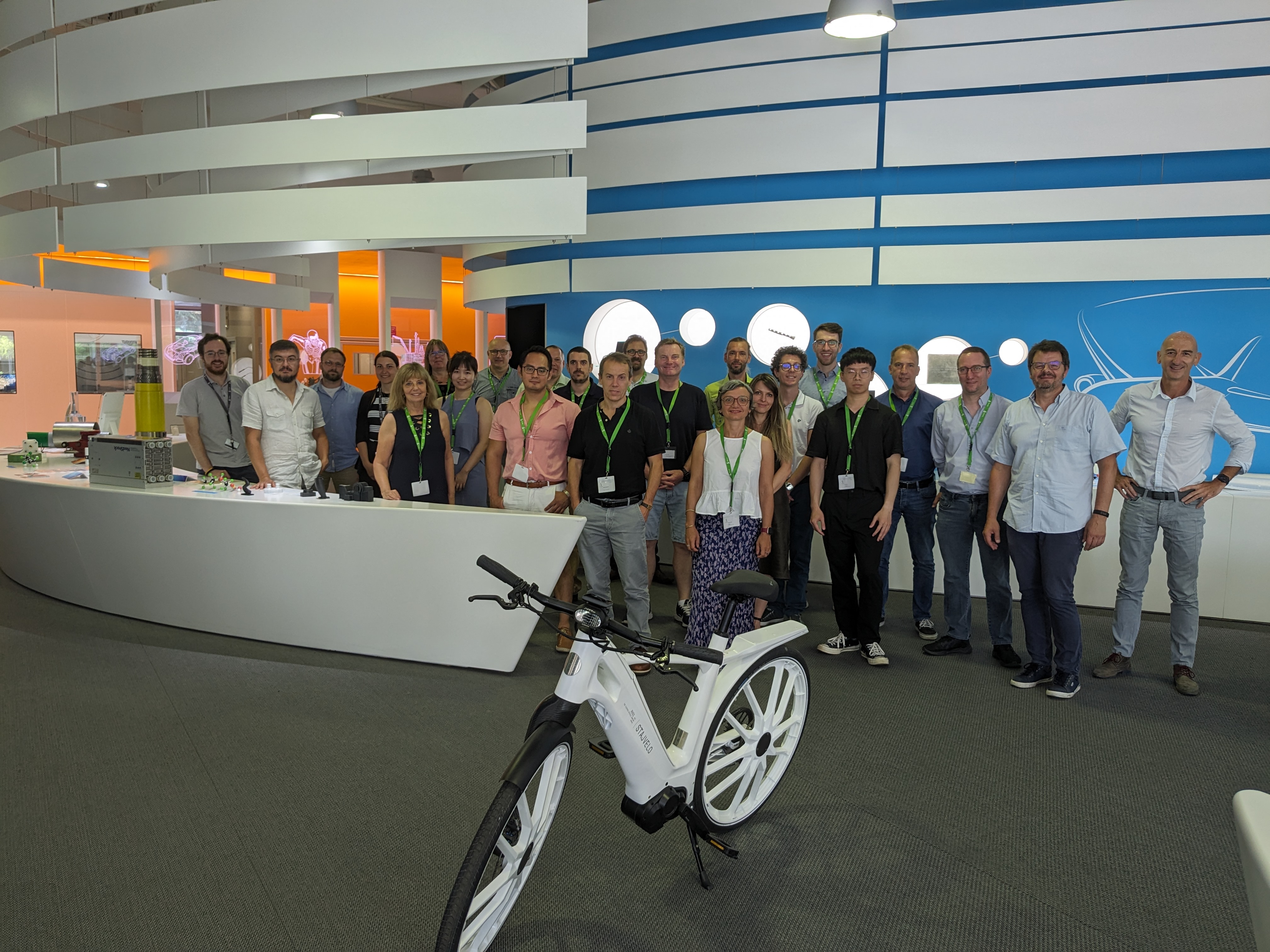 |
The 6-month progress meeting was held in Bollate, Italy, at SOLVAY Specialty Polymers premises, on the 10th -11th of July 2023. |

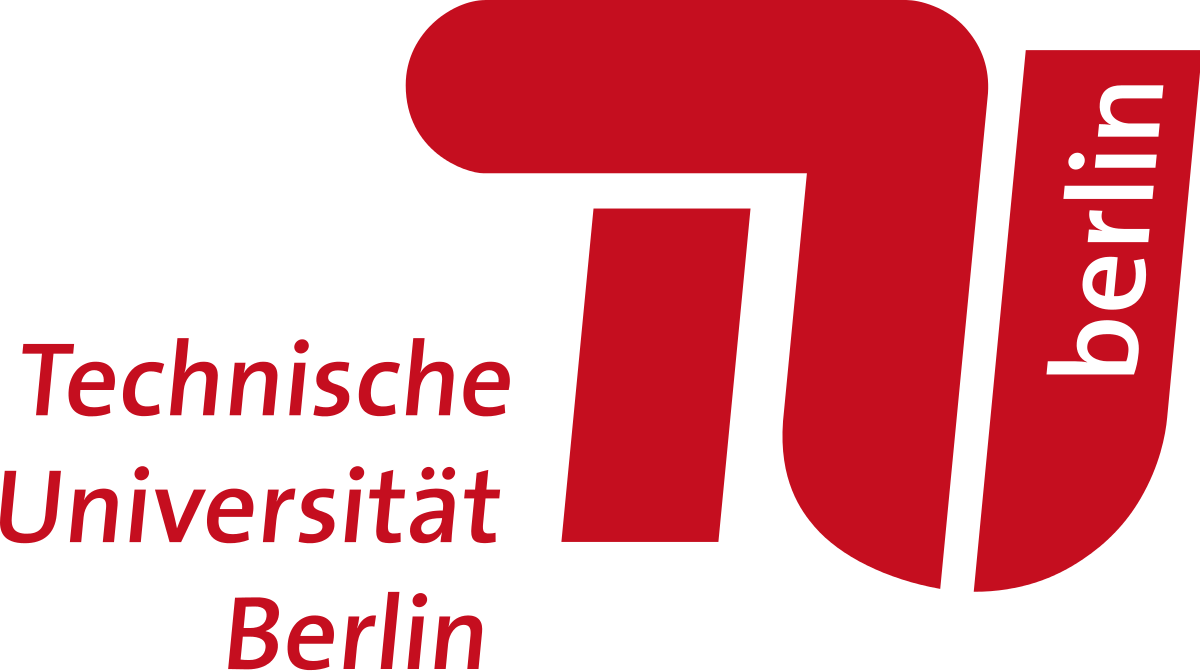
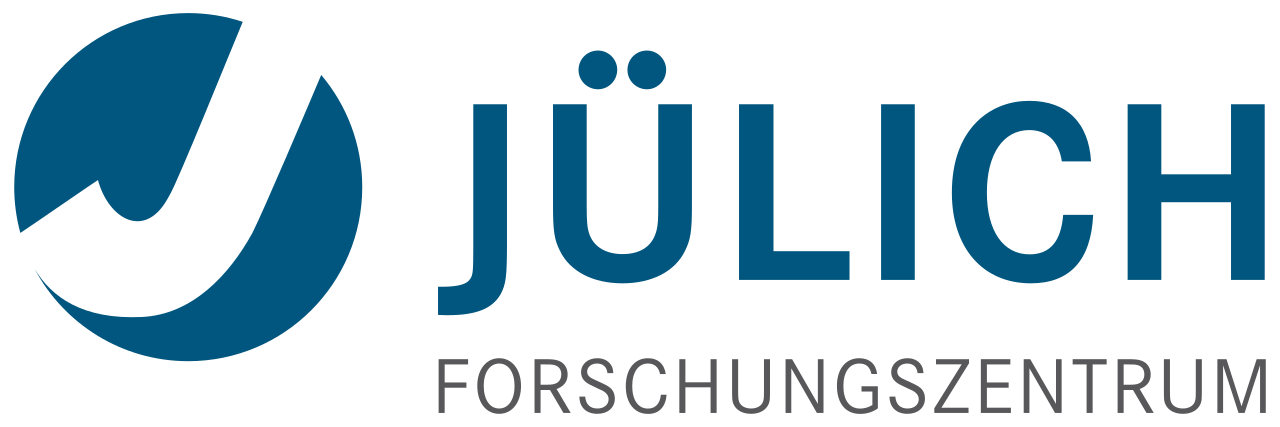

By postal mail at:Dr. Deborah Jones ICGM UMR 5253 |
By email by filling the form below
MOD_JDSCF_NOTICE_ON_COOKIES_DISABLED
|
|
|
|
We use cookies on our website. Some of them are essential for the operation of the site, while others help us to improve this site and the user experience (tracking cookies). You can decide for yourself whether you want to allow cookies or not. Please note that if you reject them, you may not be able to use all the functionalities of the site.
